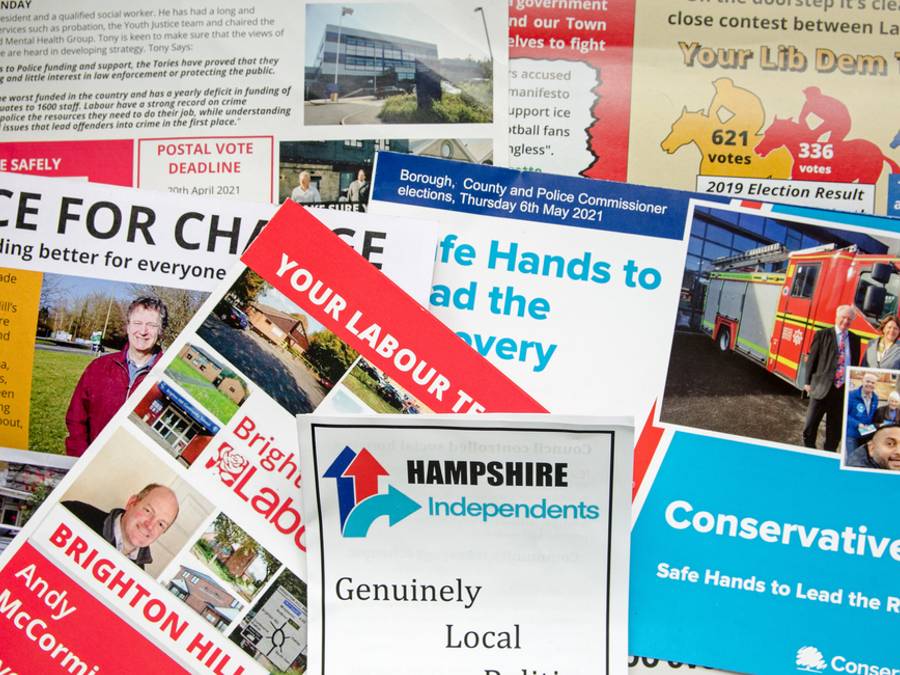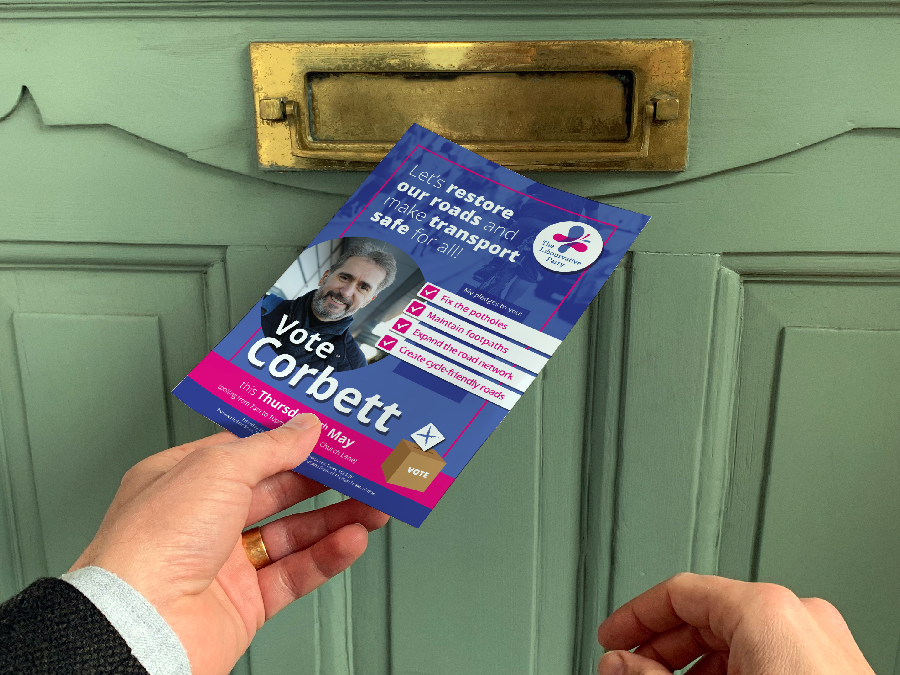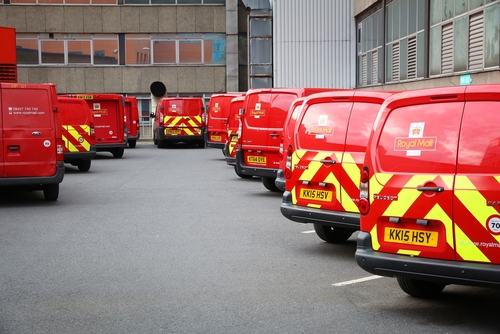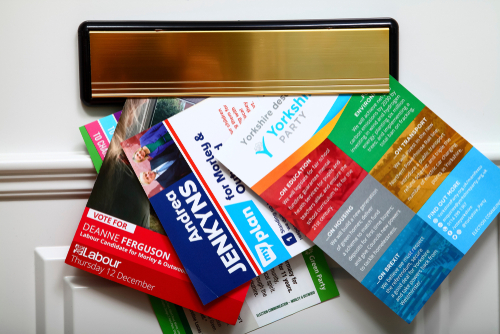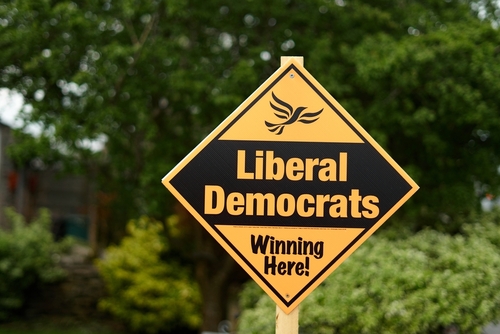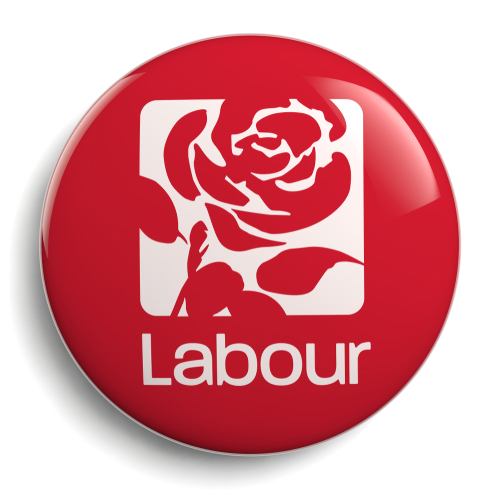Election printing is a powerful campaign tool, and the 2023 UK local elections on May 4th will produce plenty of persuasive print. Despite the increasing use of digital channels, printed material such as Brochures, Flyers, Badges and Posters remain staples of political campaigns. Here are a few reasons why print should be a part of your campaign strategy for the 2023 UK local elections.
Arriving at your design
Leaflets are central to most political campaigns, so getting to an effective design is essential. During the last general election, we surveyed our subscribers to find out what made for the perfect political leaflet. The eye-opening results are valuable reading for anyone putting a Leaflet together for 2023.
Election print particulars
Producing election material comes with its own set of specific considerations. For instance, it’s a legal requirement to feature what’s called an “imprint” on your printed material. This is information relating to who is responsible for producing the material itself. The imprint must include names and addresses for:
- The promoter
- The person on behalf of whom the material is printed
- The print company
More information on candidate imprints is available in a factsheet from the Electoral Commission.
Because it’s mandatory to feature the details of the printer, readers sometimes assume there is some partiality on behalf of the print company, or that they share the views expressed in the material. However, this is NOT the case, and Solopress maintains a policy of impartiality which we outline in this statement.
Candidate Mail
Candidates standing for a seat in parliament should also be aware that they are eligible for free delivery of election materials via Royal Mail. The scheme is called Candidate Mail, and is set out in detail on the Royal Mail’s website.
As you’d expect, there are strict guidelines around what can be sent, where it can be sent and in what quantities. However, the Royal Mail has dedicated Election Managers in place in each region to help parties get organised. It’s certainly well worth taking advantage of the scheme, which saves on costly delivery, or the goodwill of volunteer distributors.
Print potential
Printing Election Material is subject to regulation, and rightly so. It’s a powerful medium that has been shown to move the needle in hotly contested wards and constituencies around the UK. But what is it that makes print so potent, and allows it to maintain its hold on voters deep into the digital age?
Print is tangible
Unlike digital marketing, which is mostly accessed by people actively seeking out that information, print has the power to make its presence felt. It’s physically present, so more likely to be remembered, and shared with others. This can be especially effective in local elections when targeting voters that may not take an interest in the political content online. By handing over a leaflet directly, or delivering it through letter boxes transmits your message in a way that’s hard to ignore.
Print is trustworthy
There’s also a trust component where print wins out over digital. It’s notoriously difficult to discriminate between trustworthy sources and less credible content online and in your inbox. While email and web pages published on behalf of registered political parties in the UK are held to exacting standards, the credibility of those channels is still tarnished by the reputation that digital media has earned.
Print is versatile
There are many different types of print materials that can be used for political campaigning. These can include Brochures, Flyers, Posters, Badges, Banners and Signage. Each of these materials can be tailored to the specific needs of your campaign. Pick an emphasis, whether that’s promoting a particular candidate or highlighting a specific policy. For example, brochures can be used to provide detailed information about a candidate’s platform, while flyers can be used to promote a specific event or rally.
Print is targeted
You can use different materials for different age groups or neighbourhoods. This allows you to tailor your message to the specific needs and interests of the community you are trying to reach. Additionally, you can use print materials to target voters who may not be as engaged with digital marketing, such as older voters or those in more rural areas.
Print is cost-effective
£50 won’t go far in digital advertising, but it could pay for a couple of thousand flyers. Plus you know exactly who will see those flyers, and where. While digital marketing may seem like it would require lower overhead costs, printed materials can be produced and distributed at a relatively low cost. Distribution support via Candidate Mail means door drop campaigns represent an even greater return on investment. Furthermore, printed items like Correx Signs can be reused, making them a cost-effective option for your campaign.
How to make it work
So how can you use print to campaign in the 2023 UK local elections? Here are a few tips:
-
Develop a clear message
Before you start producing any print materials, make sure you have a clear message that you want to convey. This message should be simple, concise, and easy to understand.
-
Use high-quality graphics and images
Print materials should be visually appealing. Make sure you use high-quality graphics and images that are relevant to your message. This will help your materials stand out and be more memorable.
-
Tailor your materials to the community
As mentioned earlier, you can use different materials for different demographics. This will ensure that your message is tailored to the specific needs and interests of the community you are trying to reach.
-
Distribute your materials strategically
Think carefully about where and when you distribute your materials. For example, you may want to distribute flyers at local events or post posters in high-traffic areas. Additionally, you can also use direct mail to reach specific households.
-
Follow up
Follow up with voters who have received your materials. This can be done through phone calls, door-to-door visits, or even a survey to gauge the effectiveness of your campaign.
Print is an effective tool for campaigning in local elections, and it should be an integral part of your strategy for the 2023 UK local elections. Remember that print is tangible, trustworthy, versatile, targeted, and cost-effective. It can certainly help you reach voters who may not be as engaged with digital marketing. You could certainly be missing out on votes if you’re not using Election Printing to effectively promote your candidates and policies.

